
OR
New action plan against Valley air pollution proposes drastic measures
Published On: January 10, 2020 07:33 AM NPT By: SHREE RAM SUBEDI
KATHMANDU, Jan 10: With the air pollution levels in Kathmandu Valley skyrocketing during winter, it looks like the government is finally waking up to the menace. After two years of preparations, an Air Quality Management Action Plan for the Valley has now reached the Council of Ministers, which is likely to endorse it soon.
“Last week, we registered a proposed action plan in the cabinet,” said Dr Sindhu Prasad Dhungana, spokesperson at the Ministry of Forest and Environment (MOFE). “We are currently receiving comments on the action plan from other ministries before the cabinet endorses it.”
The Department of Environment, under the MOFE, prepared the action plan in 2017, after consultations with stakeholders and experts. Environment enthusiasts were critical of the government for not implementing the action plan for so long. “It’s encouraging that the much-awaited action plan has finally reached the cabinet,” Bhusan Tuladhar, an environmentalist said.
According to Airvisual.com, a Swiss group managed website that collects and analyses air quality data from across the world, Air Quality Index (AQI) for Kathmandu on Thursday afternoon was 155, with the average PM 2.5 level of 63 micrograms per cubic meter or µg/m³. This is two-thirds times higher than the WHO standard and higher than the national standard.
The National Ambient Air Quality Standard Guidelines of 2012 has set the PM 2.5 standard for Nepal at 40 µg/m³ while the WHO set standard is
25 µg/m³. Experts say fine particles that are 2.5 micrometers (PM 2.5) in diameter or smaller, can enter the lungs and irritate and corrode the alveolar [a hollow cup-shaped cavity found in the lung tissue where gas exchange takes place] wall, and consequently impair lung’s functioning.
Kathmandu, with its 155 AQI level, is the 10th most polluted city in the world as on Thursday afternoon, according to Airvisual.com. Dhaka is the most polluted city, with AQI level of 190.
The action plan has spelled out a comprehensive framework to curb valley’s air pollution, which is caused mainly by vehicular emissions, open trash-burning, industrial pollution, forest fires, dust re-suspension, and emissions released during road construction. The World Health Organization in 2016 reported that the number of deaths as a result of air pollution, mostly in urban area of Kathmandu, is about 9,943 per year.
According to Breathlife, a partnership campaign of WHO, UN Environment, World Bank and Climate and Clean Air Coalition, a total of 37,399 annual deaths in Nepal are caused by air pollution -- this includes both outdoor and household air pollution.
“The action plan proposes an integrated measure to curb the pollution levels and assess the impact of air pollution on health, environment and economy, and has also included specific recommendations for hospitals, industrial units and brick kilns,” informed Indu Bikram Shahi, the spokesperson of the Department of Environment.
The action plan has also recommended conducting continuous study and publication of reports on the impact of pollution on public health, economy and environment.
“In partnership with various teaching hospitals and in coordination with the Ministry of Health, Nepal Health Research Council (NHRC), related ministries of the Province 3 and municipalities, a comprehensive database will be generated within the next two years and the database will be updated every year, “ the plan states. Also, the plan seeks to establish partnerships with various universities to carry out studies to understand the impact of pollution in the economy.
Vehicular emission is one of the major components of air pollution in Kathmandu. According to the Department of Transport Management, there are over 300,000 four-wheelers and 1.2 million motorcycles in the Valley. The action plan proposes introducing Euro 4 standards within a year for vehicles to be imported and rigorous examination for existing vehicles before providing green stickers. All diesel vehicles will have to install a diesel particulate filter in the next 2 years, according to the proposal. Also, two more vehicular emission test centers will be set up in the Valley. Currently there are two such centers here.
It also recommends various measures including waiving of customs duty on the import of electric vehicles, establishment of sufficient charging stations for such vehicles, and operating emissions-free vehicles including electric vehicles, rikshaws and bicycles in touristic and cultural sites.
The plan also seeks to establish five more mobile stations within the next three years to conduct surprise pollution checks. Currently there are three such stations.
Management of public transport system is another key component of the plan. Integrated bus transport system, pollution friendly mass transit system, route re-orientation plan, construction of fly-overs, establishment of eight different tire washing facilities in the Valley’s various entry points, preparation of a detailed design for metro-system within 3 years, carrying out study to establish cycle lanes and walking lanes in the Valley’s all major roads are other measures suggested in the plan.
“In case the AQI rises above 300, a state of emergency can be declared and health alerts can be issued,” the plan says,
In such situation, the government may advise the citizens not to venture out of their homes without wearing N-95 mask, introduce a 2-day leave per week, odd-even number plate rule for vehicles, close factories and schools and bar cargo trucks from entering the Valley, according to the plan.
A coordination committee, to be chaired by the minister for forest and environment and, another implementation committee to be headed by the secretary at the MoFE, will jointly steer the action plan.
You May Like This
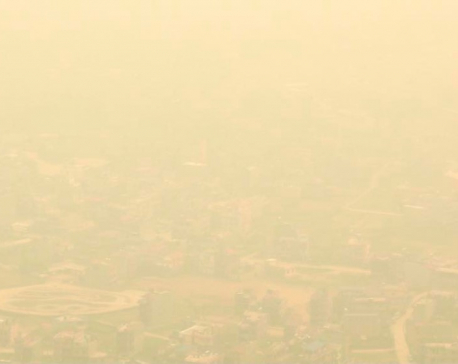
Air pollution to remain for some more days: MFD
KATHMANDU, April 18: Air pollution across the country including the Kathmandu Valley has gone rampant in the past few days,... Read More...
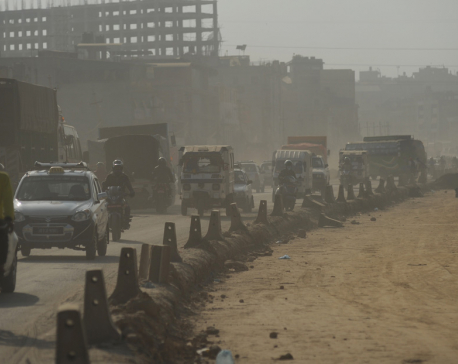
Combating air pollution in Kathmandu Valley
The recent news that Kathmandu tops the list of the most polluted cities in the world is a matter of... Read More...
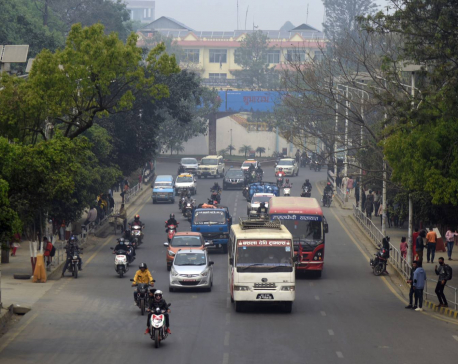
Air pollution level of the valley falls with rainfall but still remains ‘unhealthy’
According to Air Visual, an organization based in Switzerland that collects and processes air quality data, Kathmandu ranked seventh out... Read More...
Just In
- CPN (Unified Socialist) to hold its Central Committee meeting on May 10-11
- Over 16,000 paragliding flights conducted in one year in Pokhara
- MoPIT prepares draft of National Road Safety Act, proposes rescue within an hour of an accident
- Light rainfall likely in hilly areas of Koshi, Bagmati, Gandaki and Karnali provinces
- Customs revenue collection surpasses target at Tatopani border, Falls behind at Rasuwagadhi border in Q3
- Rain shocks: On the monsoon in 2024
- Govt receives 1,658 proposals for startup loans; Minimum of 50 points required for eligibility
- Unified Socialist leader Sodari appointed Sudurpaschim CM











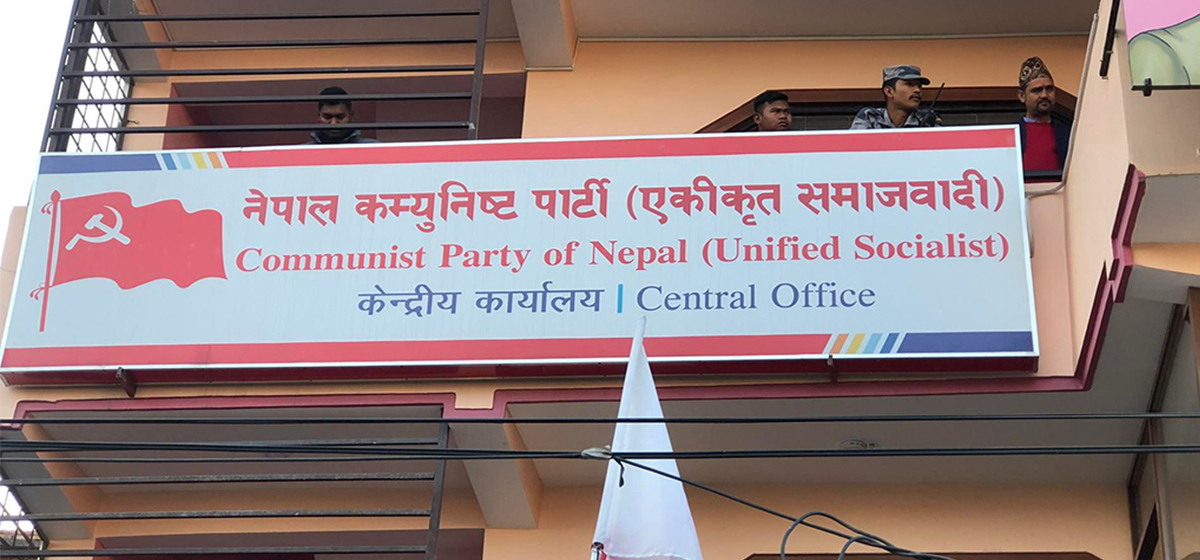
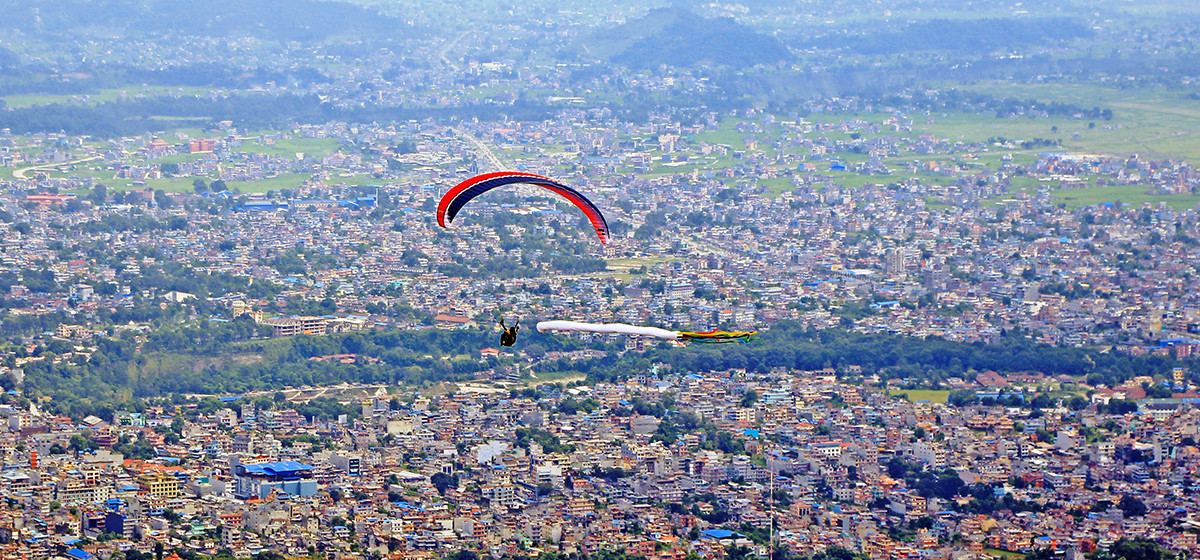
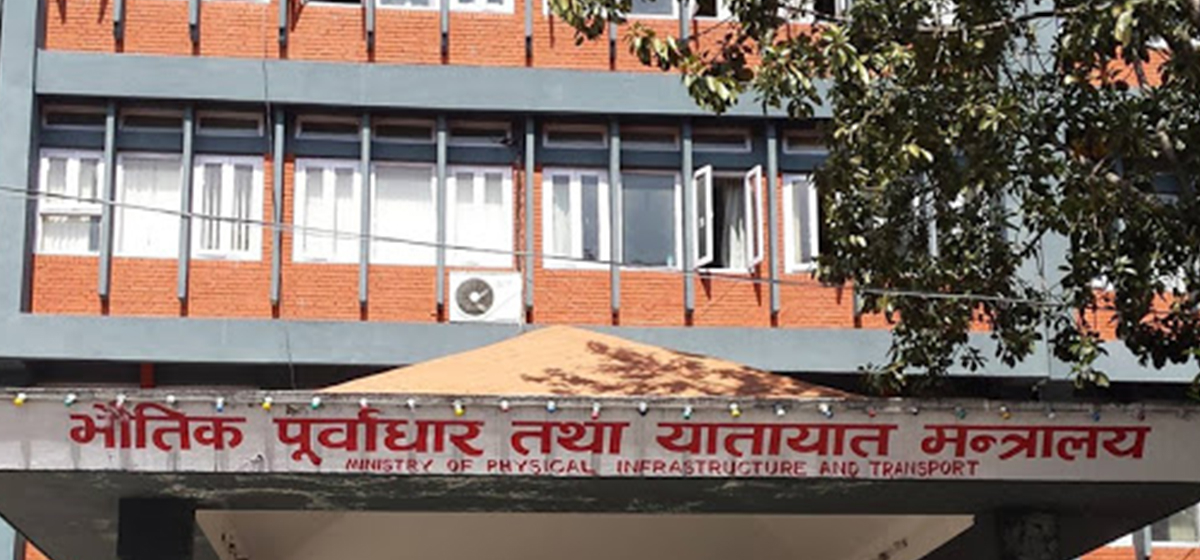





Leave A Comment